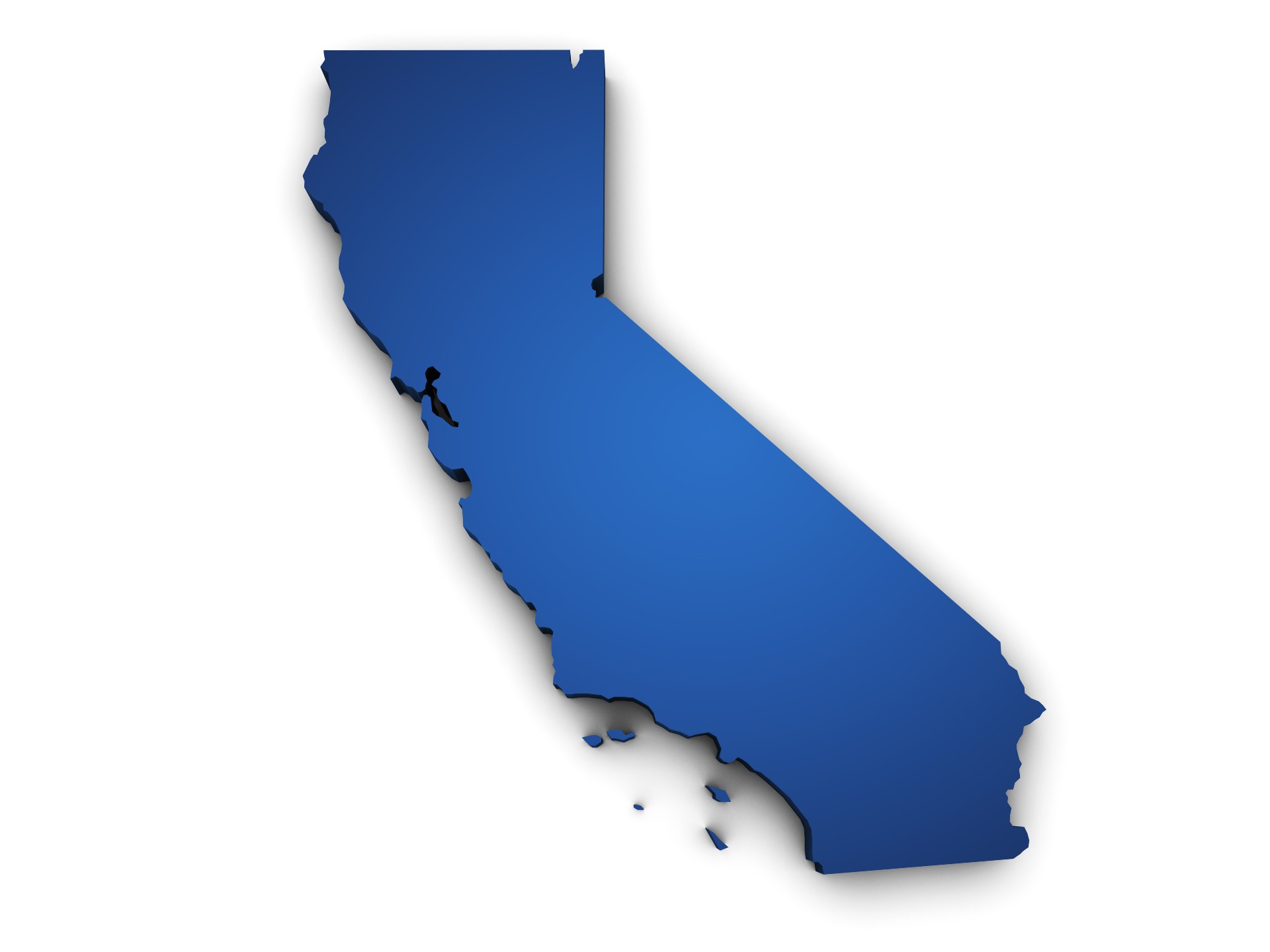200 days. As of June 1 that’s about how much time left the industry has to comply with the federal Virginia “Graeme” Baker Pool and Spa safety Act. The legislation states that all commercial pools must be outfitted to prevent drowning and entrapment by Dec. 19, 2008. Although both operators and manufacturers are moving toward compliance, it appears that getting there means wadding through a lot of confusion.
To produce the final law, congress charged CPSC with determining the exact requirements for safeguarding pools and spas, and recently, the Commission released its much-awaited preliminary analysis. In its interpretation, CPSC has stated it does not require safety vacuum release systems or other devices for preventing a vacuum in commercial installations with dual main drains. Dual main drains per pump will suffice if they are placed 3- to 6 feet apart, have the proper covers and only allow a maximum velocity of 1.5 feet per second.
In single-main-drain pools — other than those with unblockable drains — CPSC will require SVRS’s, atmospheric vents, gravity-drainage systems, automatic shut-offs and drain disablement or other devices deemed equally effective by the Commission.
The law’s author, Rep. Debbie Wasserman Schultz (D-Fla.), has acknowledged that the law does not mandate such devices, but commented that she has asked CPSC to strongly recommend the devices on all pools. She had intended the law to mandate these devices, but that language became watered down.
These requirements have left many manufacturers playing “Beat the Clock,” trying to determine which of their products may meet the performance standards and which will need alterations, and preparing to have them tested.
“The timeline is getting very narrow,” said Carvin DiGiovanni, senior director of technical, education and government relations for the Association of Pool & Spa Professionals. “The manufacturers are doing everything possible.”
One performance trial, in particular, worries some manufacturers because it is time-consuming to complete. The test involves placing the cover in a chamber that simulates sunlight, and leaving it there for 1,000 hours to see how it will hold up.
For their part, many testing laboratories are helping in the scramble to meet the compliance deadline. Underwriters Laboratories Inc., Northbrook, Ill. is expanding its testing lab to accommodate the rush.
“An awful lot of things need to get tested really fast,” said Gary Siggins, Underwriters Laboratories’ principal engineer for swimming pool, spa, and whirlpool bath equipment.
The independent testing organization also will contact its clients to let them know about the standards. And UL will provide consulting to pool operators and installers.
Even for the drains that do pass, some worry that manufacturers may not be able to produce enough units to bring the estimated 287,730 public pools in the United States to compliance. “I’m hearing a lot of code officials and builders saying, ‘We want to meet the law, but how can we do that if the covers aren’t available?’” DiGiovanni said.
One commercial mandate was not left for CPSC to interpret. It states that all drain covers must comply with ASME/ANSI A112.19.8 2007. The standard requires that covers be tested for structural integrity, body and hair entrapment, and that they display the maximum flow rate for which they have been approved. Adding what may be an additional complication, ANSI is writing an addendum to the standard, which it doesn’t expect to finish until this summer.
Once the final codes are established and products approved and manufactured, perhaps the bigger barrier to compliance is on the operator’s side. Many operators, specifically those in states that don’t require a CPO certification, are likely still ignorant of the legislation and may not find out about it until it’s too late, according to John Whitmore, Superintendent Parks & Recreation for the city of Denton, Texas.
For those who are aware, Whitmore says the law’s grant funding provision is creating confusion. The legislation includes $2 million in funding to divide among states that develop regulations to implement the new law “[States] won’t get any money until [they’ve] written [complaint] codes, but [many states] don’t have money to bring people together to write them. The states that already have codes in place will be able to get grant funding, it’s those that don’t [those that need the grant money most] who will have a hard time catching up.” As of press time no one will be getting any of the money, as no guidelines have been established as to how to apply.


